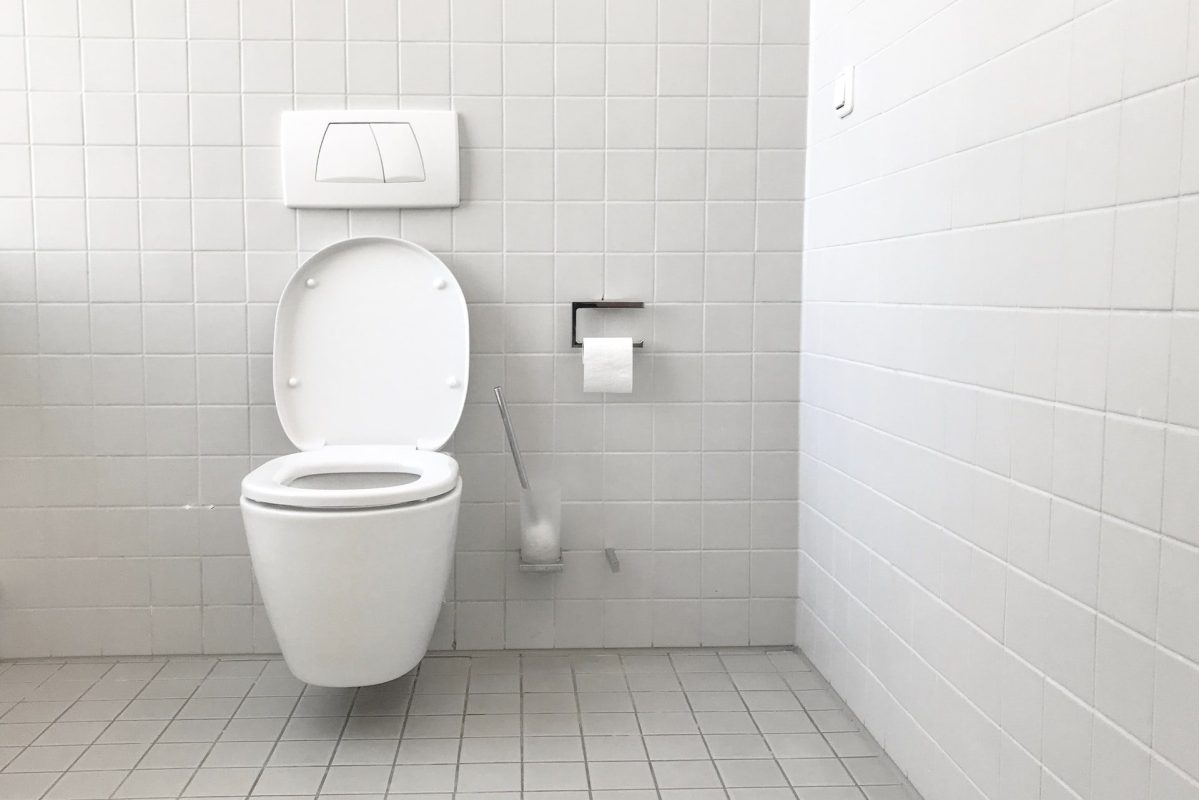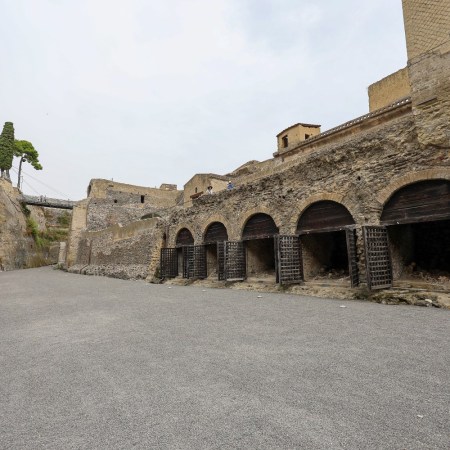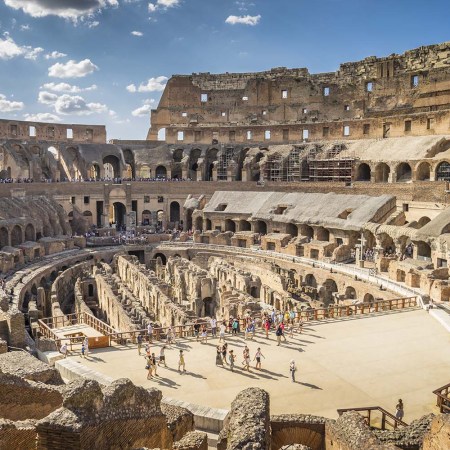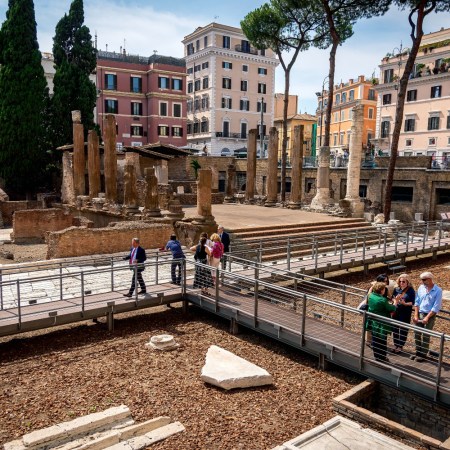From feature films to television shows to documentaries of any length, audiences are — by and large — fascinated by journeys into the past. That, in turn, can lead to speculation of what it might have been like to live in another time and place. What would the experience of walking the streets of ancient Rome be like? You could try some of the era’s equivalent of fast food, take in a show at the local amphitheater and retire to your home. But there’s a part of living in the past that doesn’t get nearly as much coverage — probably for obvious reasons.
To be a little more specific: what was it like to go to the bathroom in ancient Rome?
In a new article for Smithsonian Magazine, Lina Zeldovich spoke with Brandeis University anthropologist Ann Olga Koloski-Ostrow — who, it’s fair to say, knows more about ancient plumbing than almost anyone else living today. Koloski-Ostrow is the author of The Archaeology of Sanitation in Roman Italy: Toilets, Sewers, and Water Systems, and has spent decades looking into her chosen subject.
Turns out ancient Romans made use of public bathrooms, also known as forica. This involved sitting in relatively close proximity, though togas apparently provided more privacy than you’d expect. And while toilet paper wasn’t yet in the picture, a device called the tersorium — a sea sponge on a stick, washed off after use — was used to clean up afterwards.
The forica were largely used by working- and middle-class Romans; the wealthy generally had private bathrooms to use at home. The Romans used sewers to deal with the amount of waste produced by the population — another element of their civilization that emulated ancient Greece. And they were’t the only ancient civilization to use plumbing, either — it seems likely that the ancient Mayans did as well.
Thanks for reading InsideHook. Sign up for our daily newsletter and be in the know.


















